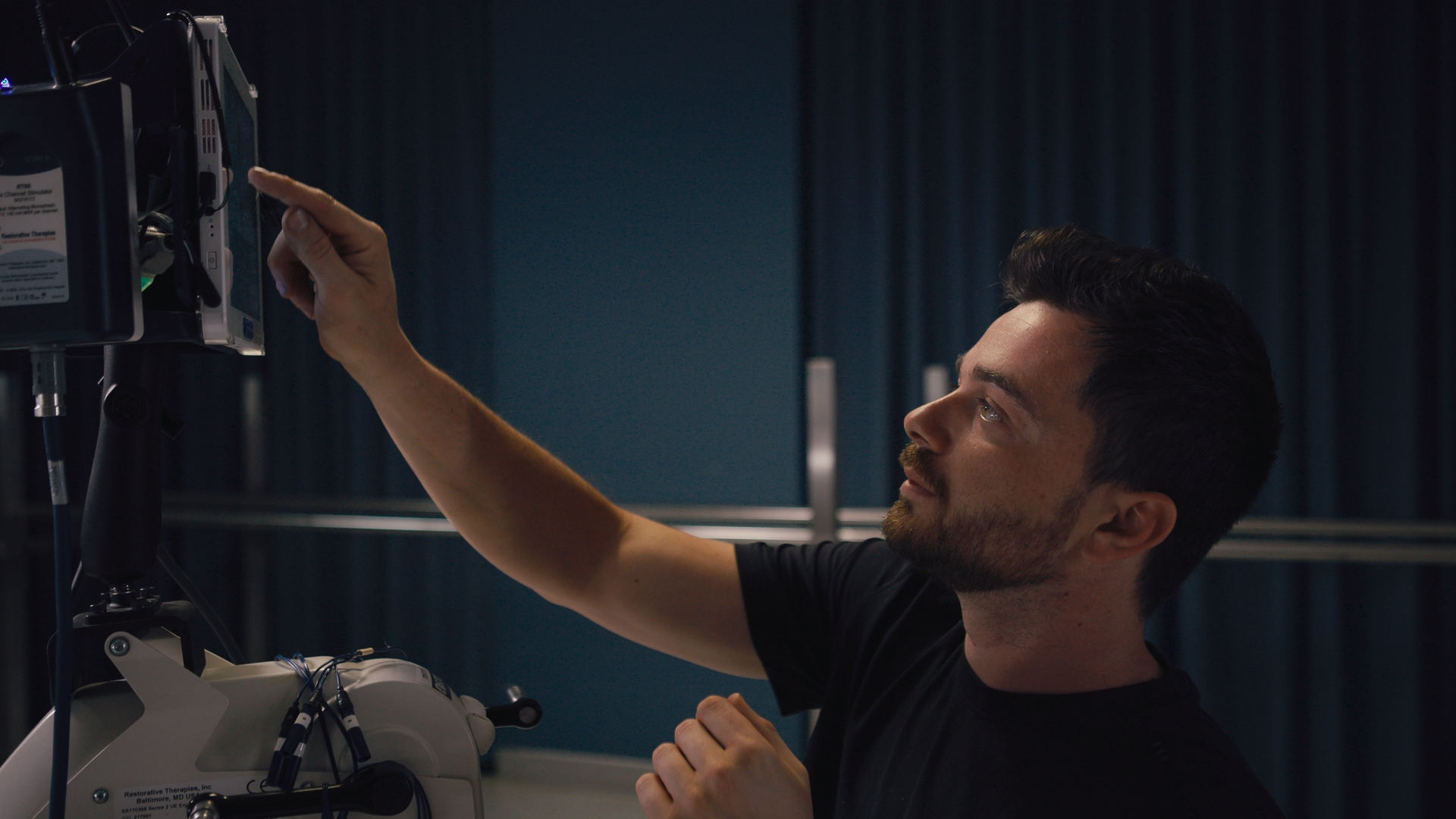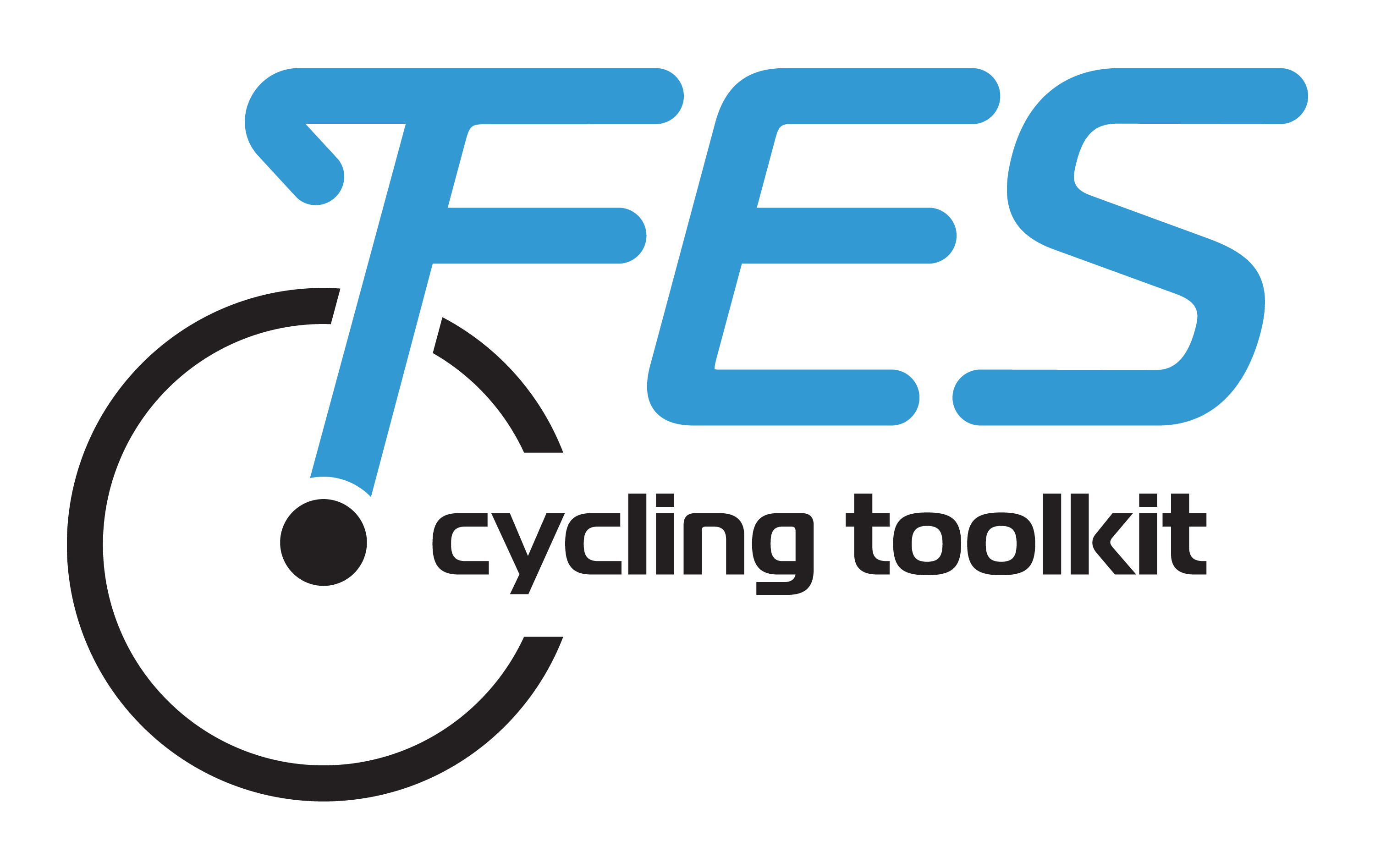Optimizing neurorecovery
I was learning something new about my injury in what I was doing there….So, it was nice to get some additional information in addition about my condition. How I was improving or not, like all aspects of that.
- FES cycling user
A TOOLKIT FOR HEALTHCARE PROVIDERS

The functional electrical stimulation (FES) cycling toolkit provides healthcare providers with easy access to evidence-based material about FES cycling and the tools to inform its implementation in acute care spinal cord injury (SCI) rehabilitation.
FES cycling falls under the broad term activity-based therapy known as therapeutic exercises that encompass repetitive neuromuscular engagement below the spinal injury level, typically accomplished through intensive, practice focused on task-specific movements.1
FES cycling uses electrical impulses which stimulate and contract the muscles. As a result, cyclic movement occurs using the legs and/or arms. Earlier studies testing FES cycling for SCI rehabilitation in acute care have shown that this therapy can prevent the loss of muscle mass, increase muscle power, and decrease the rate of bone mineral density loss.2,3
Engaging in FES cycling in the acute care phase, when the potential for neurorecovery is greatest, could be more beneficial than later implementation. FES cycling has been implemented as early as two to three weeks after the initial injury, with few complications and/or dropouts.4-6 Importantly, individuals living with SCI would like to start activity-based therapy, for example FES cycling, as early as possible in their rehabilitation.7

